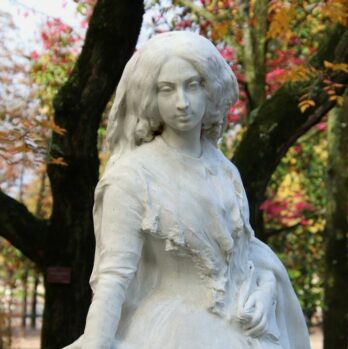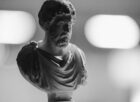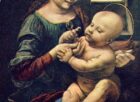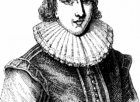Edgar Allan Poes The Raven: A Haunting Masterpiece that Endures through Time
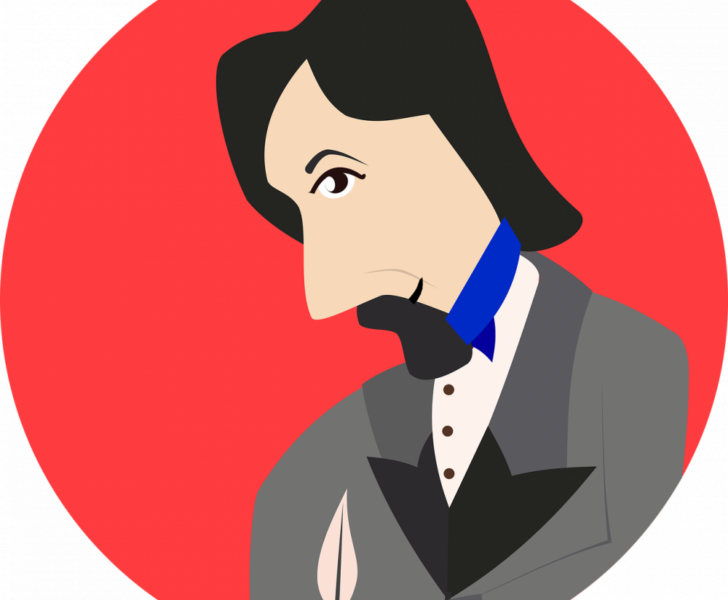
Introduction to “Edgar Allan Poe’s The Raven”
– “The Raven” is a renowned narrative poem written by the legendary American author, Edgar Allan Poe. Published in 1845, it has since become one of Poe’s most celebrated works, captivating readers with its eerie atmosphere and macabre themes. This article will delve into the significance of “The Raven” for those who are generally interested in Poe’s works and explore its historical evolution over time.
The Historical Evolution of “Edgar Allan Poe’s The Raven”

– The Birth of “The Raven” (1845):
– In 1845, “The Raven” appeared in the New York Evening Mirror, marking a significant milestone in Poe’s literary career. The poem immediately gained attention for its unique blend of melancholic beauty and psychological depth.
– Poe ingeniously employed various literary devices to craft a haunting narrative, including symbolism, repetition, and alliteration, enthralling readers and critics alike.
– The dark, introspective nature of the poem resonated with the prevailing Romantic ideals of the time, challenging conventional norms and exploring the depths of human psychology.
– The Influence of “The Raven”:
– Throughout the late 19th and early 20th centuries, “The Raven” continued to captivate audiences, inspiring artists, writers, and filmmakers.
– Its impact on American literature cannot be overstated, as Poe’s innovative use of language and imagery influenced generations of writers who followed him. His unique style and themes have become hallmarks of Gothic literature.
– The poem’s popularity also led to numerous adaptations, ranging from stage performances to cinematic interpretations, further solidifying its place in popular culture.
– The Significance in Contemporary Art:
– Even in the modern era, “The Raven” continues to hold immense significance for art lovers and collectors worldwide.
– The poem’s exploration of themes such as loss, grief, and the human psyche still resonates deeply with audiences today, making it a timeless masterpiece.
– “The Raven” has spawned countless interpretations, including paintings, sculptures, and musical compositions, showcasing its enduring cultural impact.
Insert video discussing the artistic interpretations and cultural significance of “The Raven.”
Featured Snippet Potential: Bulletpoints Highlighting Key Aspects
– “The Raven” is a renowned narrative poem by Edgar Allan Poe published in 1845.
– It explores themes of loss, grief, and the human psyche, making it a timeless masterpiece.
– Poe’s innovative use of language, symbolism, and repetition captivates readers to this day.
– The poem’s dark and introspective nature aligns with the Romantic ideals of the time.
– “The Raven” has influenced generations of writers and inspired various artistic adaptations.
– Its enduring popularity solidifies its place in popular culture and the canon of Gothic literature.
Conclusion
– Edgar Allan Poe’s “The Raven” remains an iconic work of literature that continues to intrigue and captivate audiences. Its timeless themes, innovative use of language, and profound exploration of the human psyche ensure its place as a masterpiece of Gothic literature. Through its historical significance and enduring popularity, “The Raven” stands as a testament to Poe’s genius and continues to inspire art lovers, collectors, and enthusiasts across the globe.


